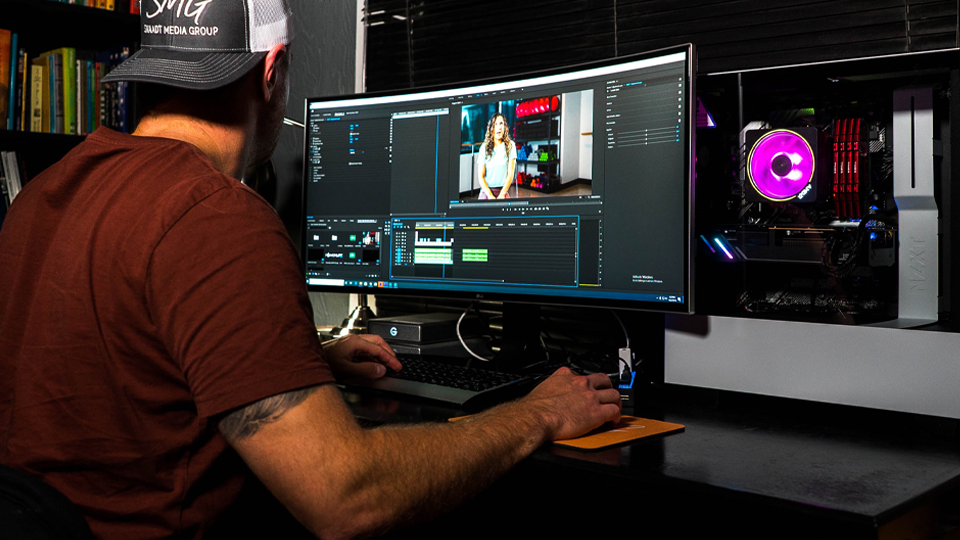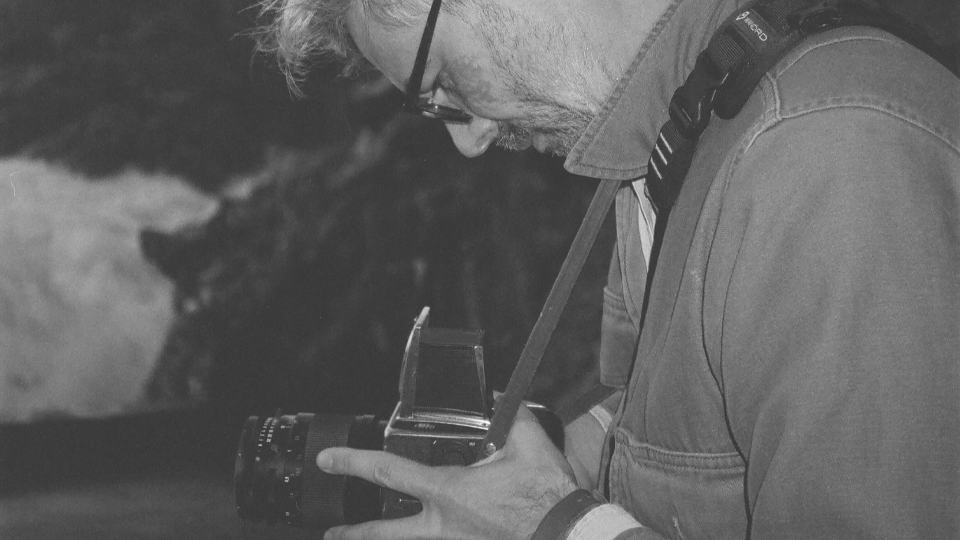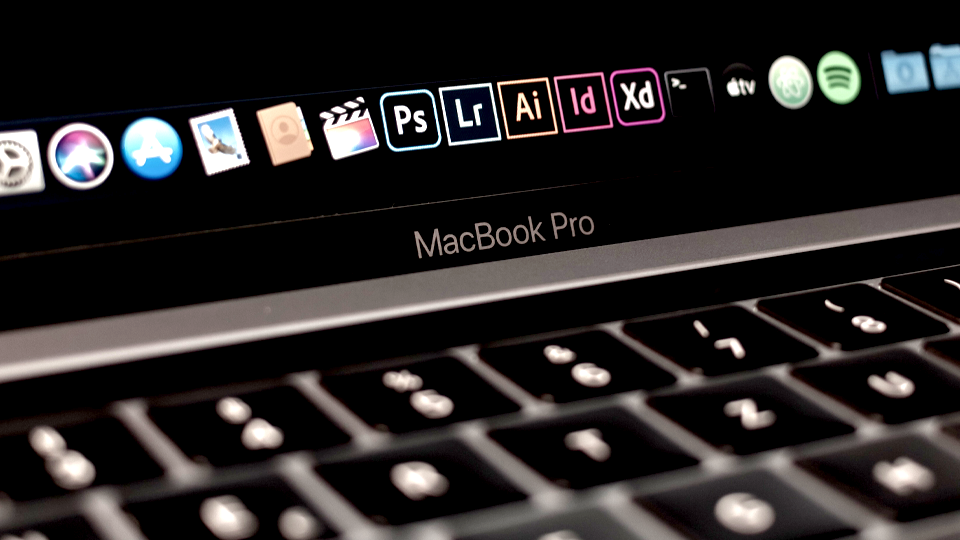Innovate or stagnate: Blockbuster, Netflix, and a call to action for creative studios to embrace the cloud
The Editors

8 Minutes

Don’t become Blockbuster in the age of Netflix.
Back in the day, movie night at home meant renting a feature at Blockbuster. Taking home the DVD and pressing play on your player’s remote. However, as the push toward online streaming has redefined how viewers consumer media, the video rental giant stumbled to keep up. The company even had the chance to buy Netflix at one point and capitalize on the shift. But Blockbuster avoided the merger, proving detrimental to the once-booming business.
The paradigm shift from in-store rentals to digital playback and on-demanding streaming was one that Blockbuster didn’t use to its advantage, and the sentiment rings true across every industry. Those who do not adapt fail. Plain and simple. In today’s digital age, this reminder is more pertinent than ever. Creative agencies and video studios are challenged by consumers’ insatiable need for more, more, more. On top of the general increased demand for video content, studios not only have to produce movies and television shows for mainstream distribution into theaters and major streaming platforms; other digital-first channels like YouTube, TikTok, Instagram, etc. require their own, premeditated storytelling efforts.
If this digital age has already proven one thing, it’s that everything is in flux. More than ever. Trending social media platforms can come-and-go like the tides. Remember MySpace and Vine? Even global pop stars like Justin Bieber (discovered on YouTube), The Weekend (discovered on YouTube) or Post Malone (discovered on SoundCloud) can emerge out of thin air. That said, there are too many post production companies and creative agencies still collaborating like the internet doesn’t exist. If Justin Bieber hadn’t leaned into YouTube—AKA “the hot new thing”—he might still be singing open mics around Alberta; if Netflix hadn’t recognized the need to switch from mail-based DVD rentals to online streaming, there would be no Stranger Things.
Right now, the biggest advantage a studio can give itself is the ability to store, share, and edit media directly through the cloud, enabling faster renders, better communication between collaborators, and the flexibility to complete demanding post production tasks from anywhere. To prove the point, we’re going to put the spotlight on certain brands that failed and others that understood the necessity of leaning into new technology and have succeeded thanks to it. Don’t become a Blockbuster in the age of Netflix—upgrade your studio to cloud-based workflows to get ahead of the trend. Find your efficiencies now while everyone else is still waiting for the next hard drive to get delivered. By the time they start editing, you’ll already be onto your next project.
The Blockbuster Lesson.
In the early 2000s, Blockbuster seemed untouchable. At this time, once a movie left the theater, the only way to view it was by renting a copy. Blockbuster had the entire industry monopolized, until rivals Netflix and RedBox appeared with more convenient rental options. By the time Blockbuster launched its own online service empowered by funding from parent company, Viacom, its competitors had already run away with the lead. Even with the leadership and backing of one of the most tenured media brands in the business, Blockbuster's slow adaptation to market changes was its undoing, and eventually filed for bankruptcy in 2010.
The Kodak Warning.
Kodak is another example of a heritage brand that failed to lean into new technology. Despite inventing the first digital camera in 1975 and employing teams of researchers to examine the potential of this groundbreaking technology, Kodak clung to its film-based business model. Sadly for film enthusiasts, Kodak’s leadership feared too greatly that embracing digital technology would cannibalize its traditional sales strategy, and those fears had a direct correlation to the business shuddering. By the time Kodak fully embraced digital photography, its competitors had filled the space. Like Blockbuster, Kodak just couldn’t keep up and filed for bankruptcy in 2012.
The Adobe Transformation.
Now, let’s talk about Adobe’s story, which is a prime example of a successful digital transformation. Traditionally, Adobe sold packaged software; it may seem like ages ago, but when the company first released Photoshop in 1990, it was loaded onto a CD-ROM and sold in a bulky, white box. However, as soon as the San Jose-based company had inclinations that cloud-based technology was on the rise, it seized the opportunity and shifted its business model toward a subscription-based service. Launching Adobe Creative Cloud in 2013 allowed Adobe to provide more frequent updates and better service to its computer-savvy and creative network of users, boosting its revenues and securing its place as an industry leader in the digital age.
Netflix and the Art of Pivoting.
Netflix, again, in stark contrast to those business (and social platforms) that failed, embodied the art of evolution as the DVD-by-mail service quickly adapted to the advent of faster internet speeds and the increasing consumer appetite for instant, on-demand content. Netflix launched its streaming service in 2007, far ahead of many competitors, and pivoted its business model accordingly. In September 2023, after 25 years of business, Netflix will finally stop shipping DVDs and focus entirely on streaming. It took time—and there’s still work to do to maintain its position as a major global streaming service—but Netflix’s bet on digital has paid off for the brand.
Why Cloud Workflows Matter to Creatives.
So, how does this apply to your post production studio or creative agency? The answer lies in the shift towards cloud-based workflows. Cloud computing has already revolutionized countless industries by providing scalable, flexible, and cost-effective solutions to previously intractable problems. For every creative studio, no matter size or location, adopting a cloud-based workflow now can provide an edge.
The first thing to note is that a cloud workflow enhances the ability for creatives to collaborate, regardless of their geographical location. Teams can access and work on shared assets in real-time, as if they were in the same room together, unlocking new potential in the creative process.
Second, the scalability of cloud solutions allows for unmatched flexibility. Instead of investing in physical servers and powerful computers with limitations, studios can scale up their storage and processing needs based on project demands. This scalability extends to software, too, with virtual workstations like Suite eliminating the need for local installations and updates.
Finally, the inherent redundancy and security measures provided by cloud platforms offer a safeguard for your valuable creative assets. Media teams rely too heavily on postal infrastructure to pass hard drives between studios; and there isn’t a single studio (even the biggest, baddest in the world) are safe from some of the other horrible-to-imagine-events like natural disasters or hardware failures that can pose catastrophic risk to your data. In the cloud, every bit of data is backed-up redundantly, so there’s always a retrievable copy somewhere close-at-hand.
Now is the time to embrace the change.
Resistance to change can be detrimental for a business. In the same way Blockbuster and Kodak ignored the digital wave, creative agencies and video studios that brush off the cloud-workflow wave might have a harder time clawing back as time passes.
This is not a simple matter of keeping up with the latest technology because it’s “the thing to do.” Considering a switch to a cloud-based workflow is about about future-proofing your post production studio. From the creative perspective, editors, directors, producers and the like are always adapting to the evolving demands of the market and the audience—don’t pigeonhole your business operations as an afterthought and let your storytelling suffer. Forward-thinking studios will increasingly gain the advantage by experiencing the flexibility, speed, and collaboration that cloud workflows enable. If your studio can't keep up, potential clients will find a studio that can.
As cloud-based workflows continue to revolutionize industries, the question is not if your studio should adopt cloud workflows, but how quickly you can make the transition.




































